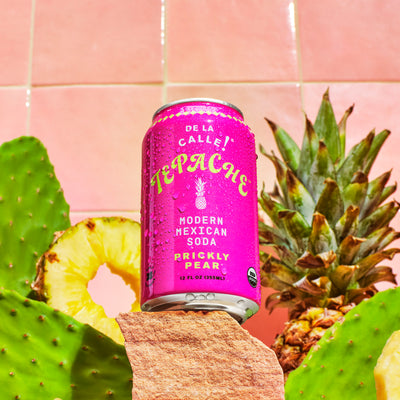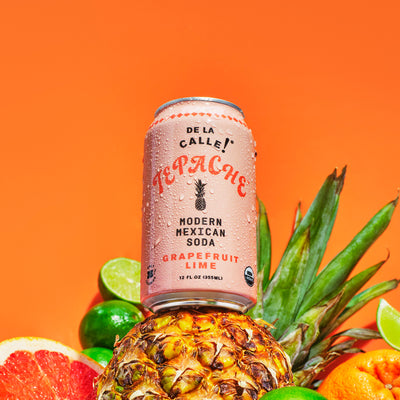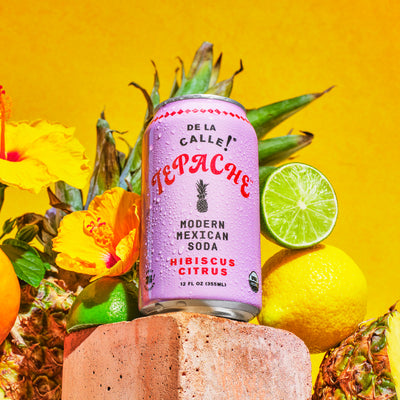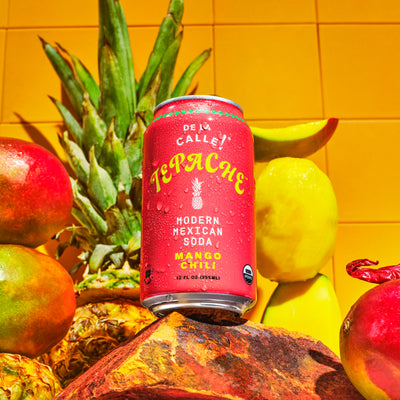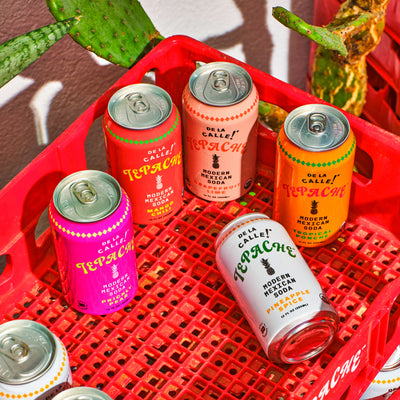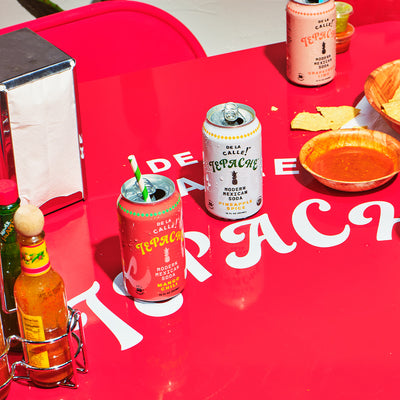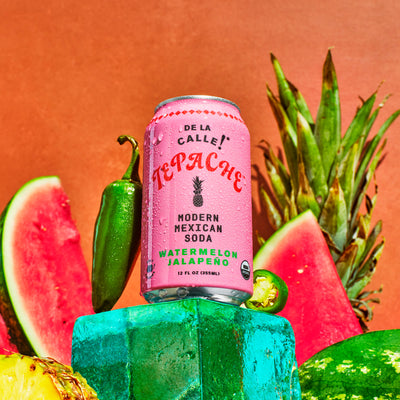Celebrating the History of Art Throughout Mexico

Mexican culture is as rich and diverse and the people that call Mexico home today. Although you might immediately think of Mexican cuisine or holidays when you think of Mexican culture, there is a rich artistic history that comes alongside Mexican culture. In this article, we’ll look at the history of art in Mexico, important artistic styles in Mexico, and famous Mexican artists.
The History of Mexican Art
The history of art in Mexico begins with the pre-Columbian civilizations and is marked by Spanish colonization, Mexican independence, and the Mexican revolution.
Pre-Columbian Art
The beginning of art in Mexico is linked to the pre-Columbian civilizations of the Olmecs, Incans, Mayans, and Aztecs. The most notable artistic contribution of the Olmecs is the Olmec heads of Mexico. They are giant sculpted heads, all of which are wearing helmets. That being said, each head has a distinct facial expression and stands anywhere between 10-15 feet tall.
Although the exact reason for the construction of the heads is not known, it is thought that they were sculpted to represent Olmec rulers to signify their political power. It is also thought that the heads might have been moved around and buried for various political and religious reasons. This might explain why some of the heads were discovered 50-60 miles from where the materials used to sculpt them are found.
Both the Mayans and the Aztecs built impressive pyramids to honor their gods. The most famous pyramid in Latin America is the Pyramid of the Sun in Teotihuacán. This pyramid was built between 1 and 250 AD. It stands an impressive 200 ft tall, rivaling the size of the Great Pyramid of Khufu in Giza.
Colonial Era Art
With the arrival and conquest of the Spanish, Mexican art changed drastically. The Spanish ruled in Mexico from approximately 1521-1821. The Spanish brought their religion, Christianity, to the land that we call Mexico today. The arrival of Christianity called for the construction of churches and European-style decorations for the churches that included depictions of the Virgin Mary, Jesus, the crucifixion, and the cross.
Although the content of artistic creation shifted dramatically with the Spanish conquest, some native artistic techniques remained in use. For example, feather art, popular before the Spaniards arrived, was used to create Christian decorations. Paintings of Christian images were also made with native symbols on the borders.
Mexican Independence
When Mexicans fought and won their independence in 1821, there was a shift in the focus of artistic expression. Mexican artists began to create art that glorified the heroes of their fight for independence. The goal of this art was to separate Mexico from its colonial past and define a distinct Mexican artistic identity.
Mexican Revolution
Between 1910 and 1917, the people in Mexico overthrew the dictator Porfirio Diaz. Although Diaz promoted the arts in Mexico, he only supported artists of European descent who painted in the European style.
When his government was overthrown, a muralist movement began in Mexico. There was a marked break from European painting styles with this movement. The muralists wanted Mexican art to reflect Mexican life, so they painted vivid scenes of humanity as they saw it in their country.
Important Artistic Styles in Mexican Art
Alongside paintings and murals, there are several important artistic styles in Mexican art, including folk art, photography, and cinema.
Folk Art
Folk art consists of arts and crafts that are handmade by artisans and usually serve a decorative or religious purpose. Several different varieties of folk art exist in Mexico because there is a wide range of natural resources available to create art with including wood, clay, metal, stones, and plants, and regional cultures. The trademarks of Mexican folk art are bright, bold colors and distinct details. Examples of folk art include the sugar skulls and masks made to celebrate the Day of the Dead.
Photography
Photography is another important medium in Mexican art. Early Mexican photography was centered on themes of travel and exploration. Hugo Brehme was a German immigrant who captured Mexico on film. His photos of Mexican nature, architecture, and local people had a strong influence on the work of Diego Rivera.
Cinema
Mexican cinema began in the 20th century as filmmakers began to document the Mexican Revolution and other important events on film. The Golden Age of Mexican cinema occurred in the 1940s where the actor Cantinflas was regarded as the “Charlie Chaplin” of Mexico.
In the late 1980s and 1990s, Mexican film entered the era known as New Mexican Cinema. The Guadalajara International Film Festival was started in 1986 and is a prestigious Latin American film festival to this day.
Famous Mexican Artists
Although there are countless talented Mexican artists, there are a few who have become the faces of Mexican art. Two of the most famous Mexican artists are Frida Kahlo and Diego Rivera.
Frida Kahlo
Frida Kahlo was born in 1907 in Coyocoan, a region in Mexico City. Kahlo suffered from extremely poor health in her childhood. She contracted polio when she was six years old, resulting in a limp that she covered with long skirts for the rest of her life. In 1922, she attended the prestigious National Preparatory School in Mexico, where she met Diego Rivera, an artist commissioned to paint a mural on the school’s campus and her future husband.
At this time, Kahlo suffered an extremely painful streetcar accident. During her recuperation from the accident, she began to paint, specifically self-portraits. In 1928, she reconnected with Diego Rivera. Their romantic relationship blossomed into a tumultuous, unconventional relationship that would see many high and low points. As the couple moved around to facilitate Rivera’s career, Kahlo began to incorporate the realistic and surrealistic components in her artwork that make it so distinguishable.
As Kahlo’s artwork gained popularity, her health declined. Although she was in immense physical and psychological pain for a large majority of her life, Kahlo continued to create evocative, personal art and support leftist political causes for the rest of her life.
Diego Rivera
Diego Rivera was born in 1886 in Guanajuato, Mexico. The aim of Riera’s art was to reflect the lives of native and working-class people in Mexico. It is thought that his artistic aims were inspired by his parents’ support of lower-class people in their community during his childhood.
He studied at the San Carlos School of Fine Arts, where his love for Mexican culture flourished. Throughout his career, Rivera worked in France, Spain, and the United States, collaborating with other artists and working on commissioned pieces.
Rivera is best known for his murals, inspired by the Renaissance frescos he observed in Italy. Taking inspiration from the Mexican and Russian Revolutions, Rivera received funding from the Mexican government to paint murals depicting Mexican people and history on public buildings.
Conclusion
Mexican art is an integral part of Mexican culture, with its origins in pre-Columbian Mexican civilizations. The arrival of the Spanish shifted the focus of Mexican art to Christian themes, although native artistic techniques were never entirely abandoned. Mexican Independence and the Mexican Revolution both brought about drastic changes in Mexican art. Two of the most famous Mexican artists of the 20th century were Diego Rivera and Frida Kahlo, both of whom remain icons of Mexican culture to this day.
Sources:
Olmec Heads of Mexico (1200-400 BC?) | Black Past
The Mexican Revolution: November 20th, 1910 | NEH-Edsitement
Frieda and Diego Rivera, 1931 by Frida Kahlo | fridakahlo.org

